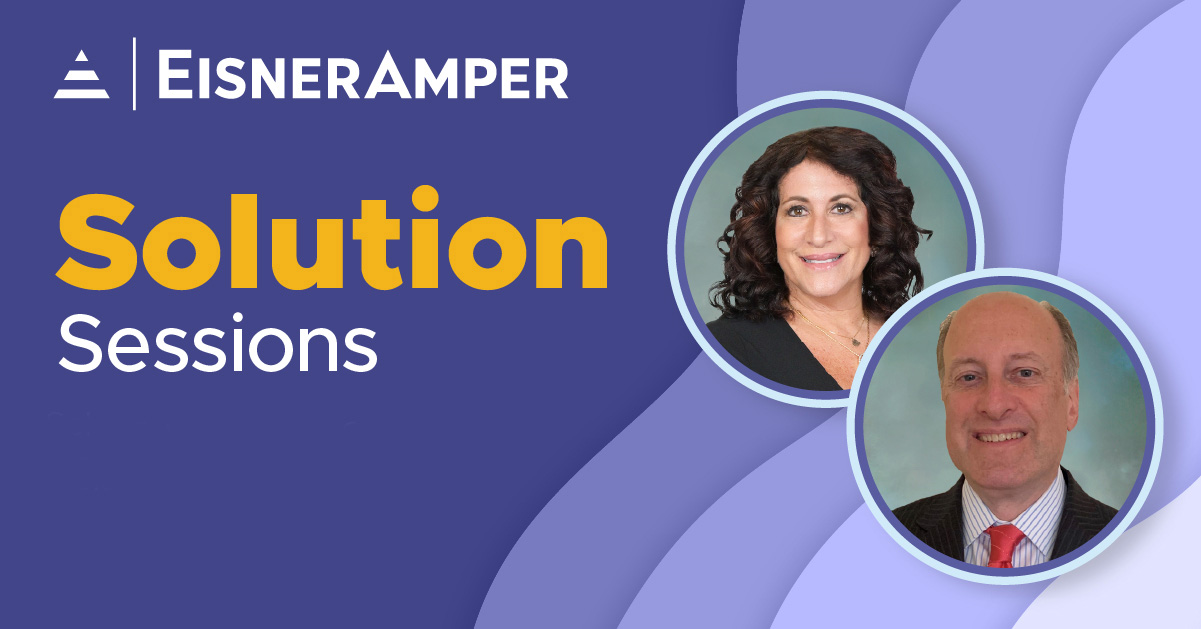
Tough Conversations: Following Up and Following Through Using a Coaching Model
- Published
- Apr 9, 2018
- Share
“Only three things happen naturally in organizations: friction, confusion, and underperformance. Everything else requires leadership.” ~ Peter Drucker
As a human resource and organizational development professional, I have always struggled with why managers have a hard time giving constructive feedback to their employees.
As a leader and a manager, one of your most important tools to improve performance is giving timely and very specific feedback. Managers have the task of setting specific expectations for their employees. After the expectations are set, it is the manager’s responsibility to observe his or her employees and provide feedback – both positive reinforcement and identified areas for improvement. The issue with this practice is that managers claim they are so busy with their own work that they do not have time to observe or give feedback in a timely fashion. However, it is important for managers to take a step back and realize that the performance of their team is a key responsibility. A manager should block off time in the day that is dedicated to asking for updates, providing feedback, and coaching team members.
According to Stober and Grant (2006) (see below for references), coaching is about human growth and change. As we start developing our coaching model and style, we need to remember that the importance of coaching is to help individuals recognize both their strengths and weaknesses by providing feedback. One model is humanistic and mainly focuses on the growth of an individual. Some of the guidelines for this coaching model include: the nature of the coaching relationship is essential; the coachee is the director of change; the coachee is whole and unique; and the coach is the facilitator. It is important for the coachee to feel comfortable with their coach in order to be able to “own” their coaching experience, enabling them to achieve the results they need and want. Developing this type of coaching relationship usually helps employees be more receptive to receiving feedback for improvement.
Another great coaching model is the adult development theory. Berger (2004) states that one of the most enjoyable parts of coaching is that the coach helps the coachee by providing development opportunities. This model is based on the belief that adults learn and grow from lived experiences. This coaching approach provides people opportunities to gain experience and grow by using this learned experience.
For my personal coaching model, I use a hybrid approach of both models. One needs to think of the individual and help him or her through the process, encouraging ownership of the change by developing personal and professional goals. It is also important to learn as much as I can about the employee so the feedback can help them be successful. It is important to identify learning opportunities for the employee to experience new situations. If I can be effective in both coaching styles, then the person I am coaching or giving feedback to can, hopefully, recognize their growth in a number of ways, and more effectively continue their development.
Simple Tool for Providing Feedback:
When giving positive feedback to your employees, be sure to follow the “what and why model.”
- What was said or done that was effective?
- Why was it effective? When giving feedback for areas for improvement, the same model is effective.
- What was said or done that was ineffective?
- Why was it ineffective?
- What could be said or done in the future that would be more effective?
- Why would it be more effective?
The key takeaway here is that life is not perfect and the employee is not going to be effective in the workplace unless some of their thoughts and behaviors are discussed through feedback and coaching. To help clients dive deeper and find clarity in their thought process, a coach should think of him or herself as a partner. According to Auerbach (2001), his style of coaching is the holistic, value based method that concentrates on the whole person to help them reach their goals.
As a coach, I need to partner with my client and be their so-called “tour guide” through the coaching session, helping them both think through their thoughts and break them down into pieces of information that they can use to develop action plans.
References:
Auerbach, J.E. (2001). Personal and executive coaching: The complete guide for mental health professionals. Pismo Beach, CA: Executive College Press.
Berger, J. G. (2004). Dancing on the threshold of meaning: Recognizing and understanding the growing edge. Journal of Transformative Education, 2, 336-351.
Stober, D.R. & Grant, A.M. (2006). Evidence based coaching: Putting best practices to work for your clients. Hoboken, N.J.: John Wiley & Sons.
Contact EisnerAmper
If you have any questions, we'd like to hear from you.
Receive the latest business insights, analysis, and perspectives from EisnerAmper professionals.










